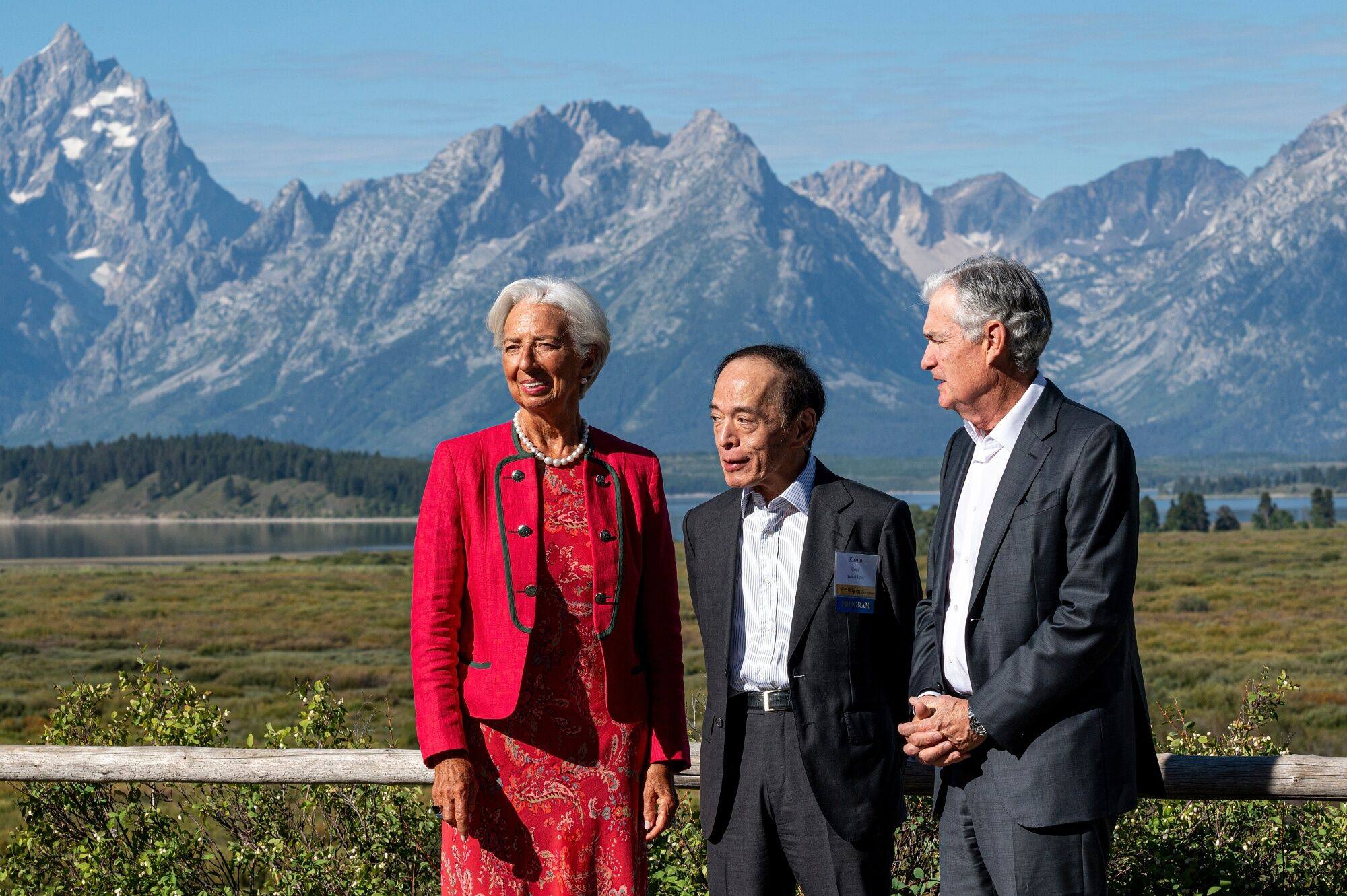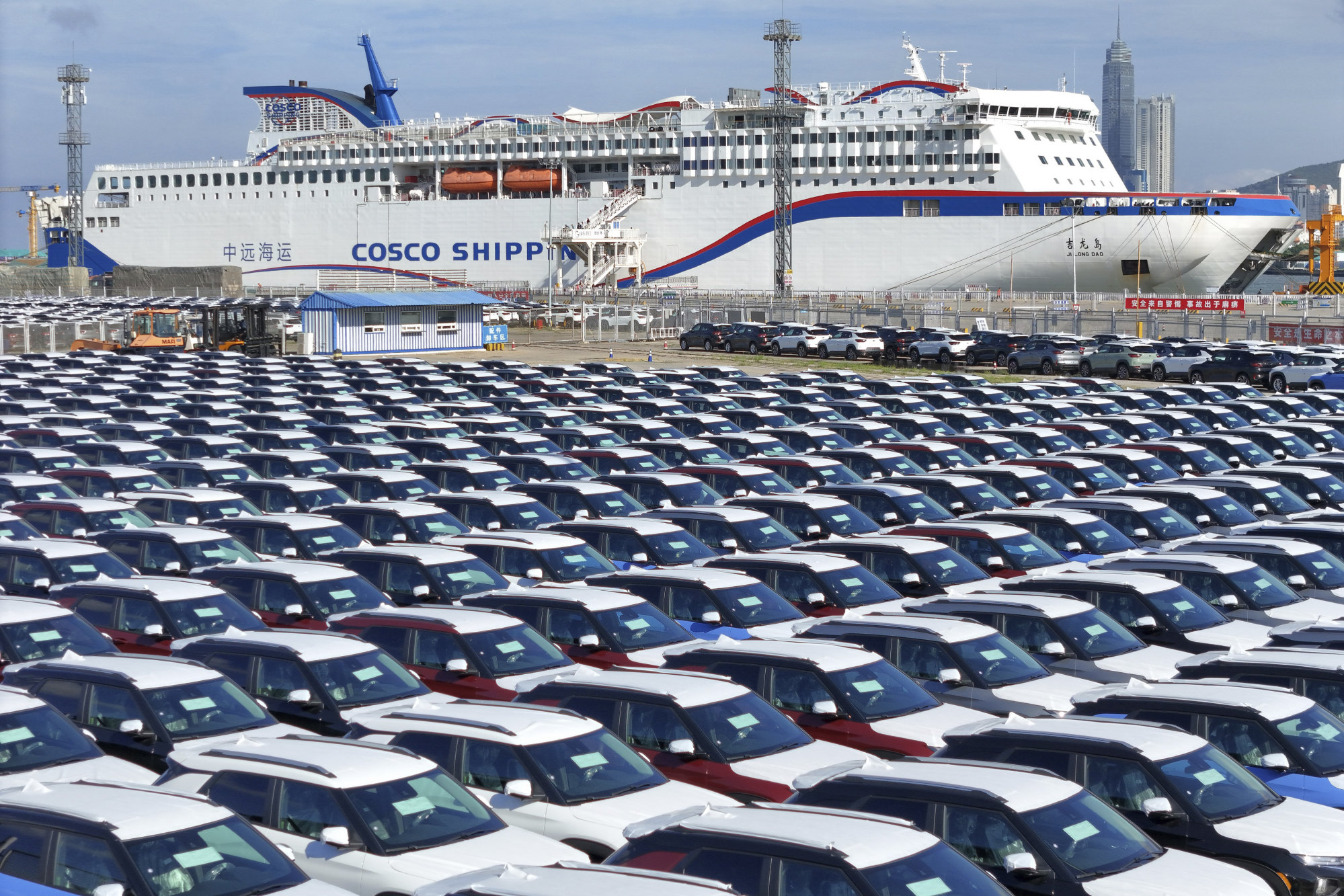
When it comes to prices, what happens in China stays in China
- In an era of deglobalisation, disinflation in China won’t help to moderate price rises in the rest of the world, as long as the drivers of inflation – including a massive monetary overhang – hold strong
- More to the point, inflation will last for as long as confidence in the US dollar holds
Disinflation in China – a slowdown in rising prices – can’t bring down global inflation. Labour shortages, declining labour productivity, deglobalisation and a massive monetary overhang will sustain substantial global inflation for years to come. The inflation climax will come when the US dollar crashes.
In fact, there is a structural labour shortage even across the industrialised world. Employment in OECD countries reached a record high of 69.9 per cent of the labour force in the first quarter of this year, while its working-age population is predicted to decline as far as the eye can see. This means more bargaining power for workers.
Yet, workers don’t always take advantage of their bargaining power. During its three decades of stagnation, Japanese workers almost never took action to push for wage increases.
However, we can be sure that workers in Anglo-Saxon countries will take advantage of their favourable position. Their history of organised labour certainly points in that direction.
We are already seeing industrial action in some service industries, and a major strike is looming in the US auto sector. When their real wages are falling, Anglo-Saxon workers won’t take it lying down like their Japanese counterparts.

Increases in labour productivity and a more accommodating monetary policy could dampen an inflationary labour market. But both are moving in the opposite direction. Labour productivity is declining across the industrial world. Some economists attribute this to the entry of low-productivity workers in a tight labour market.
The change in work attitudes may be a factor. Gen Z workers appear to have much higher expectations for work-life balance, while productivity is of secondary importance. That suggests a lasting drag on labour productivity.
Monetary policy is still highly inflationary. Globalisation held down inflation for two decades, even though major central banks expanded money supplies massively amid the 2008 global financial crisis. It was repeated during the Covid-19 pandemic.
The market was expecting a recession when the US Federal Reserve began raising interest rates rapidly last year. Developed industrial economies like Germany and Japan are facing deindustrialisation pressure. Anglo-Saxon economies are not. This is due to MMT 2.0. As long as the government keeps spending massively, recession is put off.

The massive monetary overhang is the background that enables MMT 2.0 and inflation. The Fed’s balance sheet expanded from about US$1 trillion to US$9 trillion after the 2008 financial crisis and during the pandemic. While battling inflation, it has begun to reduce its balance sheet.
The monetary overhang has kept the stock market high and bond yields low. The market usually interprets long-term interest rates falling below short-term interest rates as a recession predictor. What’s happening now reflects excess liquidity rather than growth expectations, in my view.
The inflation drivers of labour shortages, declining labour productivity, deficit spending and a monetary overhang are all still around. Inflation is unlikely to go away despite the disinflationary trend in China.
Don’t be fooled by narrative of China deflation helping the world
Deglobalisation tendencies are making inflation more of a local issue. While the West has given up on totally decoupling from China, the new mantra of de-risking could cover many industries, especially challenges to existing big industries.
The rise of China’s auto sector, for example, should have a significant impact on global inflation. Car prices have really inflated in the past two decades. The average price of a new car in the US is now about US$50,000.

Inflation is ultimately about money supply rising faster than GDP. For two decades, this connection was cut due to China’s integration into the global economy. Instead of fuelling the consumer price index, the excess money supply went into asset markets.
The rising paper wealth and global labour competition have led to rising inequalities in the world, contributing to social instability. To pacify the populace, Western governments have resorted to deficit spending. The US’ federal debt to GDP ratio had risen from 55.7 per cent in 2007 to 122.8 per cent by June 2023. As long as the bond market is standing, the trend is continuing. Who doesn’t want to be Santa Claus?
The inflationary world will reach a climax when the dollar collapses. It is the only logical end. Ironically, every war supports the dollar, prolonging MMT 2.0. When the transition from a unipolar to a multipolar world is complete, the risk premium in the dollar will vanish. That is likely to be the dollar’s day of reckoning.
Andy Xie is an independent economist

